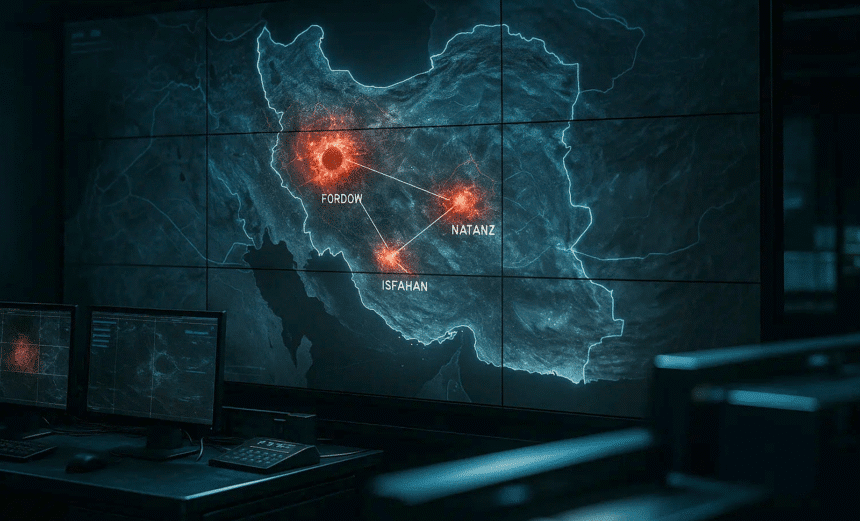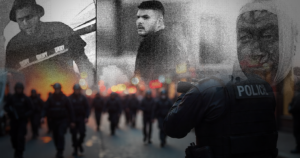A newly disclosed U.S. intelligence report reveals that the June 2025 airstrikes, part of Operation Midnight Hammer, successfully demolished only one of three targeted Iranian nuclear facilities. The Fordow enrichment site was largely destroyed and may be out of commission for up to two years. In contrast, the Natanz and Isfahan facilities suffered only partial damage and may be capable of resuming limited uranium enrichment within months. While administration officials had initially described the operation’s impact as monumental, this internal assessment paints a more nuanced reality.
Public statements from President Trump and senior officials painted a starkly different picture immediately after the strikes. Trump asserted that the targets had been “completely and totally obliterated”, calling the strikes a spectacular military success. Defense Secretary Pete Hegseth and Vice President J.D. Vance framed the mission as a precision strike designed to halt Iran’s nuclear capabilities without starting a war.
Technical Limitations Exposed by the Assessment
The contrast between public declarations and the actual damage underscores the difficulty of neutralizing deeply buried and fortified facilities. The Fordow site experienced devastating structural damage, yet Natanz and Isfahan appear to have withstood the assault well enough to be partially recoverable. A Defense Intelligence Agency preliminary assessment noted that the setbacks could be overcome in a matter of months rather than years, according to Reuters.
This discrepancy suggests a limitation in the efficacy of even advanced munitions like the Massive Ordnance Penetrator (MOP). While such weapons can breach deep underground targets, Iran’s investments in geological protection and facility design appear to have mitigated the intended destruction.
Strategic Implications for U.S. Credibility and Iran’s Resilience
The divergence between internal findings and public messaging raises concerns regarding U.S. credibility. Allies and adversaries may question the sincerity of official statements, potentially eroding deterrence and trust. The inconsistency exposes U.S. leadership to criticism both domestically and internationally.
From Iran’s perspective, the limited damage to its key sites provides a basis for defiance. Iranian officials have emphasized resilience, with intelligence suggesting that much of the enriched uranium may have been relocated prior to the strikes and that structural repair is underway.
A Final Note: What’s Next?
The outcome of the June strikes presents a mixed picture that leaves space for multiple interpretations. The damage to Fordow appears to have disrupted one part of Iran’s nuclear infrastructure, while Natanz and Isfahan remain partially functional. This has led some international analysts to view the situation as an inflection point, with the possibility of renewed diplomatic dialogue or adjustments to existing nuclear policies.
However, the long-term impact of the strikes remains uncertain. Various parties may draw differing conclusions about their implications, which could influence future decisions. Some may interpret the limited damage as justification for reinforcing security measures or seeking greater self-reliance. Others may see the operation as a sign that negotiations remain a relevant option. The direction taken by both Iran and the United States, as well as other involved states, will likely depend on how this event is contextualized within broader regional and global dynamics.














